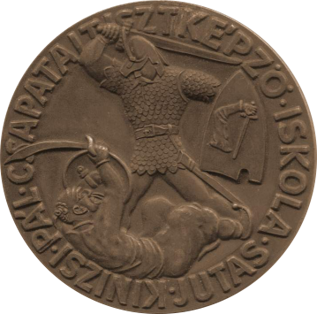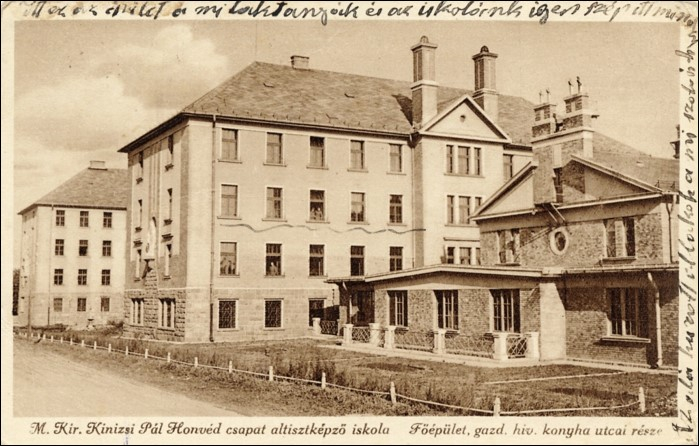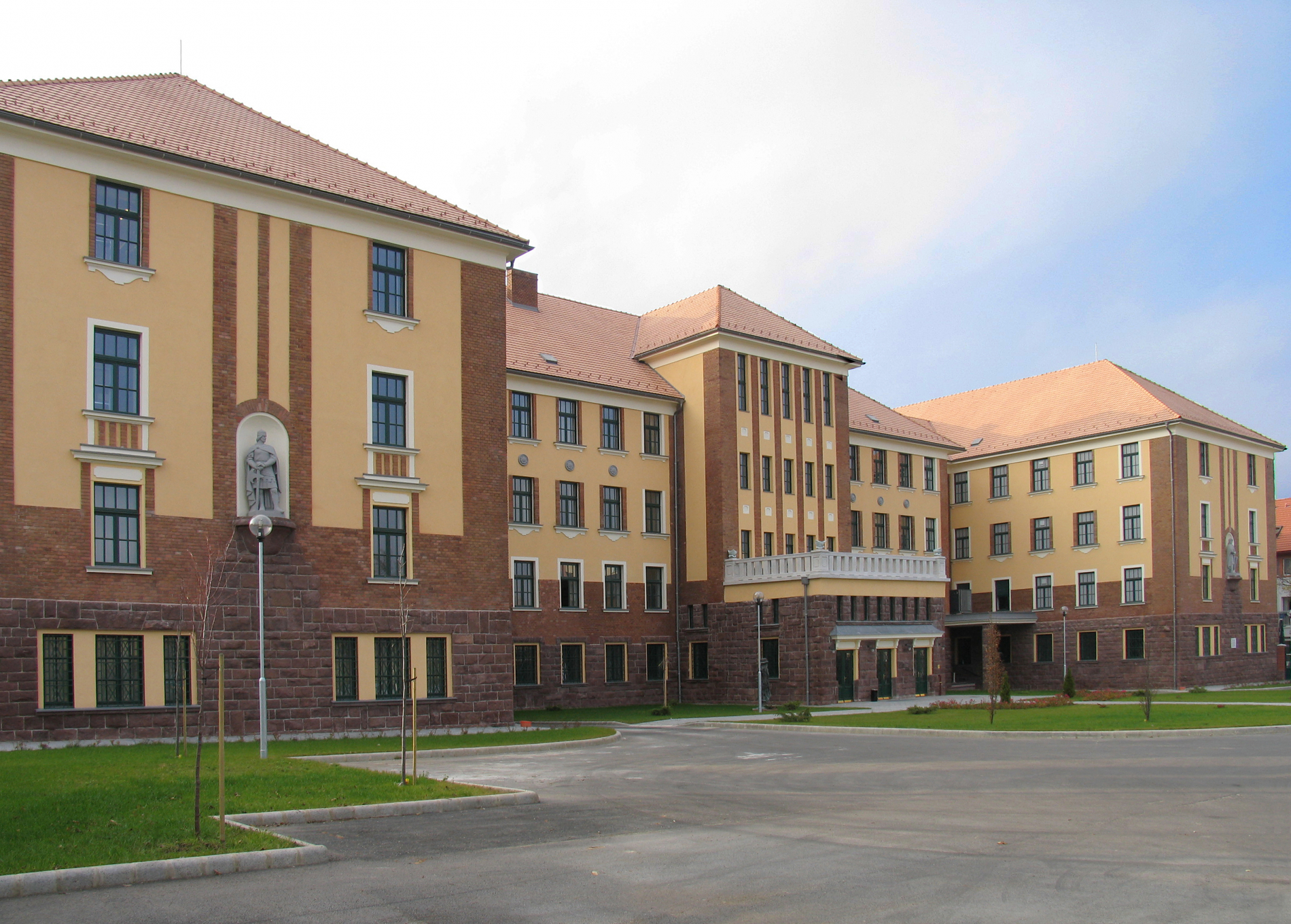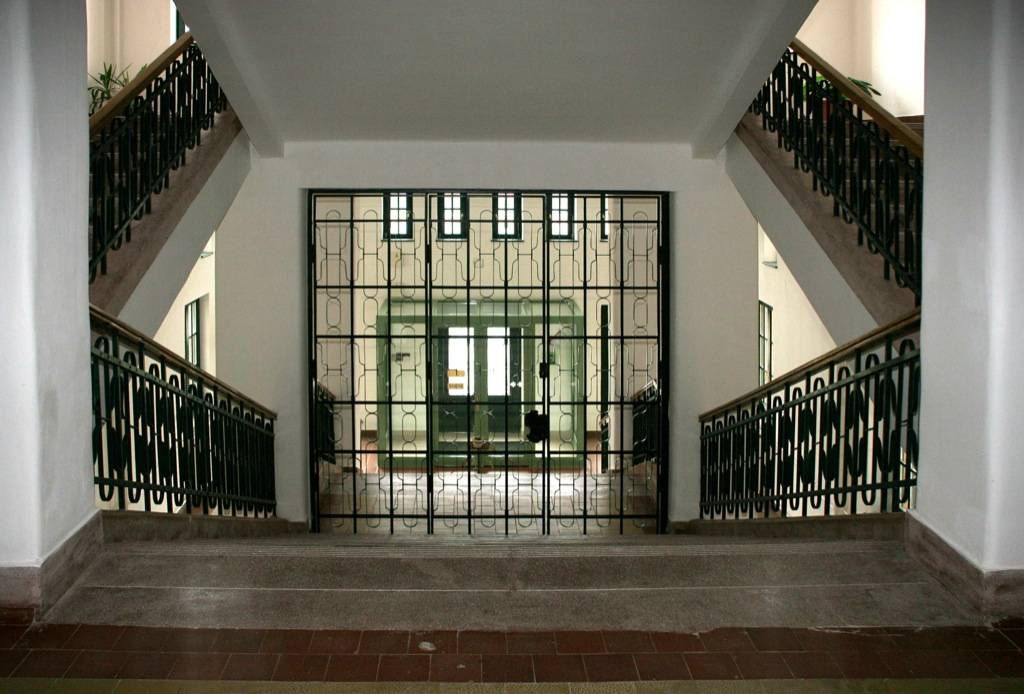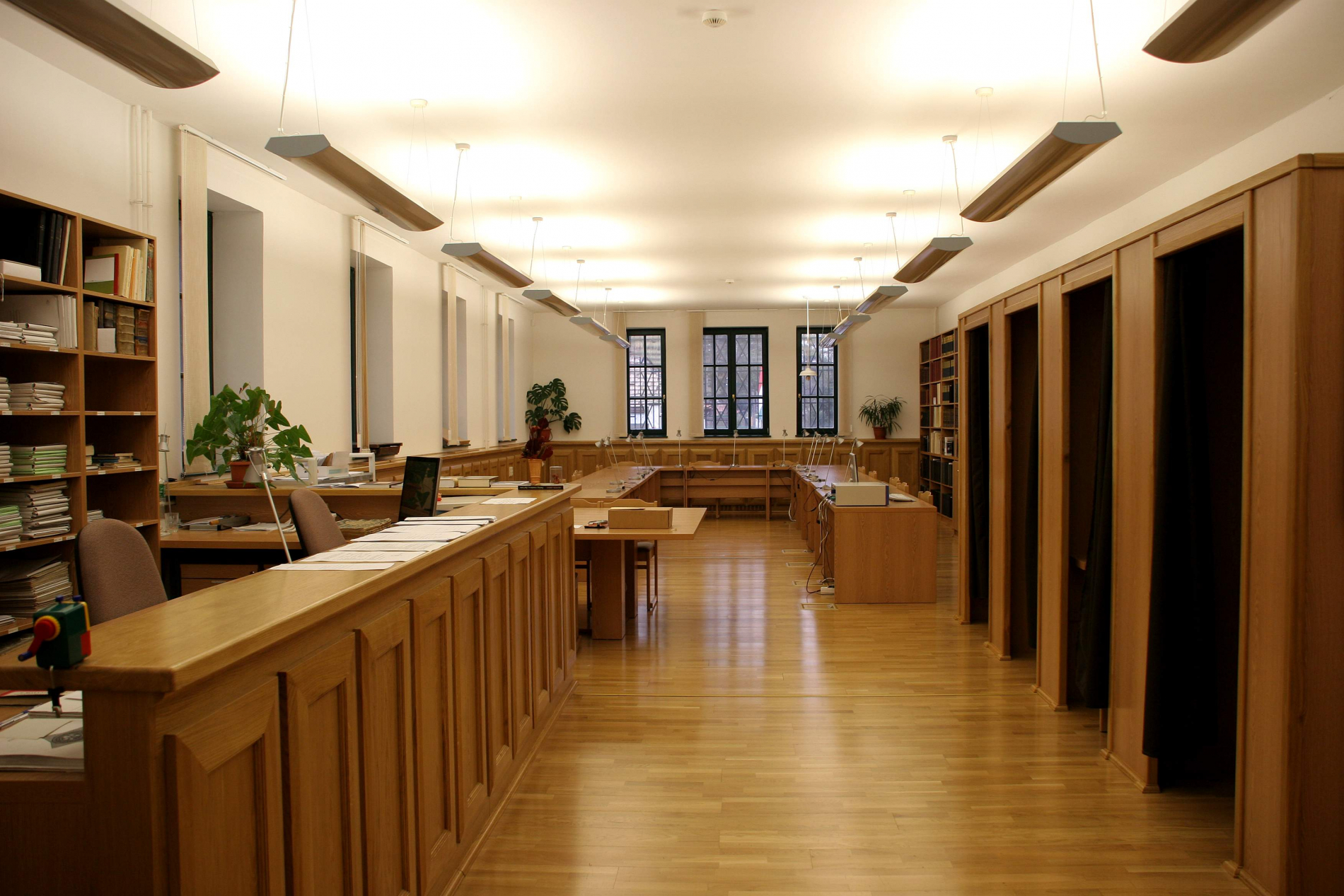You are here
The History of the Building
After World War I, Hungary's military leadership decided to create a new professional non-commissioned officer (at the time called 'sub-officer') corps. This obviously called for setting up a training institute for prospective non-commissioned officers. The plan for this was drafted in the first third of the 1920s. In October 1924, the new institution's first class began studying on the site of the former military hospital in Veszprém. The camp, although well equipped with public utilities, did not contain all the buildings necessary for a training facility. It was located outside the city limits of the time, along the road leading to the Jutas railway station.
The site of the former military hospital - with the buildings on it - was taken over by the institute in September 1924 and renovation and extension work was begun almost immediately. In September 1927, permission was sought and obtained from the town council to convert and extend the students' kitchen and kitchen storerooms as well as the gymnasium. In the very same month, work began on the construction of a new gun and vehicle depot. Local builder Géza Volentik and Székesfehérvár-based master builders Bakos, Frőlich and Leisz were commissioned by the project manager to carry out the works.
The construction of the characteristic main building of the non-commissioned officers’ school, which can still be seen today, began in 1928, commissioned as far as possible from contractors of the city of Veszprém. It was also at this time that the 'warrior statues', which still dominate the building's look, were added. The façade of the main entrance is decorated with the statues of Pál Kinizsi and Warrior Jutas, while the façade facing the road to Jutas is adorned with the statues of Grand Prince Árpád and King Béla IV by Lajos Krasznai, a renowned sculptor of the time.
During the Soviet occupation, the main building, an important landmark in the cityscape, became a part of the invaders' barracks, and as such, was closed off from the town. After the systemic change and the exit of Soviet troops, it stood derelict for a long time and became an awfully dilapidated site. It was Lajos Madarász, director of Veszprém County Archives who came up with a plan to save it, as he was looking for a new location for his institution, which was then outgrowing its headquarters in the city centre. His efforts were crowned with success: Veszprém County Archives took over its current headquarters in 2005, the renovation and furnishing of which was made possible by a targeted grant from the Hungarian state amounting to HUF 1 billion. The four-storey building, with an H-shaped floor plan, has 28 storage rooms of more than 100 square metres each in the H wings, with offices and other professional premises in the part of the building connecting the two wings. The ground floor of the north wing is dedicated to the public. This is where the research hall is located next to lecture, exhibition and training spaces fit to accommodate a wide variety of events.
The archives take on and preserve the military history of the site. It is the idea of order and discipline as well as the duty to serve the nation that connect the concepts of defence and archives. In the Archives' courtyard, a bronze statue of Veszprém sculptor Lenke R. Kiss entitled Memento was erected in 2005 to commemorate Hungarian soldiers of wartimes.
